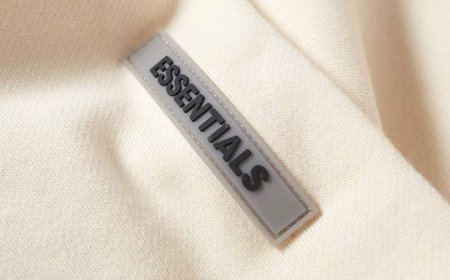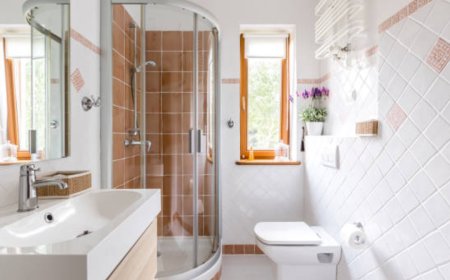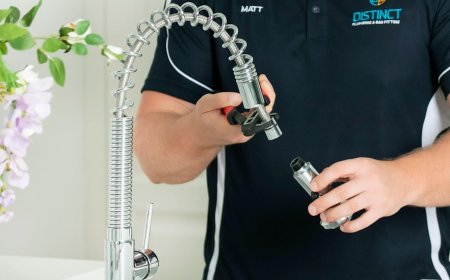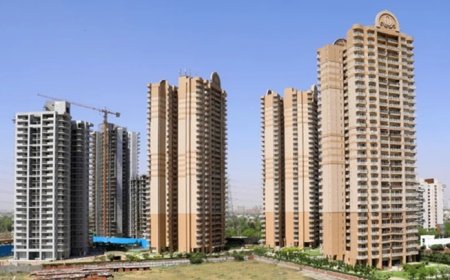What to Inspect Before Finalizing a Real Estate Home Purchase
Before buying a home, it’s crucial to inspect key aspets of the property. Learn what to check to avoid costly surprises after closing.

Buying a home is a major financial and emotional commitment. While excitement may push you toward a quick decision, taking time to thoroughly inspect the property is essential. Overlooking key issues can lead to unexpected repair costs, safety hazards, and regret. Thats why knowing what to inspect before finalizing a real estate home purchase is critical for every buyer.
This article breaks down all the important things you need to check before signing the final papers. Whether you're a first-time buyer or experienced investor, this guide will help ensure you make a confident and informed decision.
1. Structural Integrity
The foundation and overall structure of the house should be your first concern. Cracks in the walls, uneven floors, or sagging ceilings might signal deeper issues. Walk around the property and observe the exterior walls for bulges or moisture stains. Inside the house, check for doors that dont close properly or windows that stickthese could be signs of shifting foundations or poor construction.
If possible, bring in a professional home inspector to evaluate the structural condition. Structural problems are usually expensive to fix and could affect your ability to resell the property in the future.
2. Roofing Condition
The roof protects the entire home from the elements, so it needs to be in good shape. Look for missing shingles, leaks, mold, or water stains on the ceiling. A worn-out roof can cost thousands to replace, and poor maintenance could lead to water damage throughout the house.
Ask the seller when the roof was last replaced or repaired. In regions with heavy rainfall or snowfall, roof quality is especially important.
3. Plumbing System
Inspect all water fixturesturn on faucets, flush toilets, and check for water pressure. Look under sinks for leaks, and examine pipes for signs of rust, corrosion, or old materials like galvanized steel, which may need replacing.
Check if the water heater is in good working condition and sufficient for your households needs. Poor plumbing can lead to expensive repairs and long-term damage to walls and floors.
4. Electrical Wiring
An outdated or faulty electrical system can be both a safety risk and an inconvenience. Check the breaker panel for labeling, signs of overheating, or rust. Turn on lights, test power outlets, and ensure that switches work properly throughout the home.
If the home is older, verify whether the wiring meets current safety standards. Electrical issues may require a full rewiring, which can be costly and disruptive.
5. HVAC and Ventilation
Heating, ventilation, and air conditioning (HVAC) systems are crucial for comfort and energy efficiency. Find out the age of the HVAC unit and when it was last serviced. Listen for strange noises and make sure it heats or cools rooms evenly.
Dont forget to inspect vents, fans, and filters to ensure clean airflow. Poor ventilation can lead to mold growth and stale indoor air quality.
6. Windows and Doors
Check all windows and doors for proper sealing and functionality. Drafts can increase utility bills and make it harder to maintain a consistent indoor temperature.
Also, examine locks and latches for security. Double-pane windows are preferred for insulation, while older single-pane models may need upgrading.
7. Flooring and Walls
Walk through every room and observe the floors closely. Look for stains, creaking boards, or soft spots under carpets that might indicate rot or moisture problems.
Inspect walls for cracks, discoloration, or bubbles under paintthese could be signs of water damage or pest infestation. A clean, stable interior surface suggests the home has been well maintained.
8. Appliances and Fixtures
If appliances are included in the purchase, make sure they work. Test the oven, dishwasher, refrigerator, and any built-in systems. Outdated or faulty appliances can be a hidden cost after moving in.
Dont forget to inspect sinks, bathtubs, and toilets. Ensure all fixtures operate without leaks or drainage problems.
9. Basement and Attic
These areas often reveal issues not visible elsewhere. In the basement, check for water marks, musty smells, or signs of mold. A damp basement may suggest poor drainage or structural weaknesses.
In the attic, look for adequate insulation, signs of pests, and roof leaks. A well-maintained attic can also help lower your heating and cooling costs.
10. Exterior and Landscaping
Take a walk around the yard and observe the condition of exterior features like fences, driveways, and patios. Check for soil drainage near the foundation and look out for large trees with roots close to the home, which could affect the foundation over time.
A clean, well-kept yard not only boosts curb appeal but also reflects how well the home has been cared for overall.
11. Signs of Pests
Look for droppings, nests, or chewed wiringcommon indicators of pests like rodents or termites. Pest problems can compromise the structure of a home and are often hard to detect without a thorough inspection.
Consider requesting a separate pest inspection, especially if the home is in an area known for infestations.
12. Legal and Documentation Review
Before finalizing any purchase, verify that the property has no legal disputes, unpaid taxes, or pending violations. Ensure that all necessary permits for renovations or extensions are in place.
Ask to see the title deed, property tax records, and occupancy certificate if applicable. Legal clarity is just as important as physical condition.
Conclusion
Buying a home is a significant step, and a proper inspection is your safeguard against future issues. By checking everything from the foundation to the faucets, you reduce the risk of costly surprises and gain peace of mind in your investment.
Take the time to inspect thoroughly, and dont hesitate to consult professionals when needed. A careful buyer is a confident buyerand your dream home should never come with hidden headaches.
Important Links
How En Bloc Sales Work in Singapore: A Guide for Condo Owners and Buyers
A Complete Guide to Real Estate in Singapore for Home Buyers and Investors
Understanding the Real Estate Market in Singapore
How to Start a Career in Real Estate with No Experience
Guide to Executive Condominiums (ECs) in Singapore: Are They Worth It in 2025
Thomson View En Bloc Condo Showflat

































